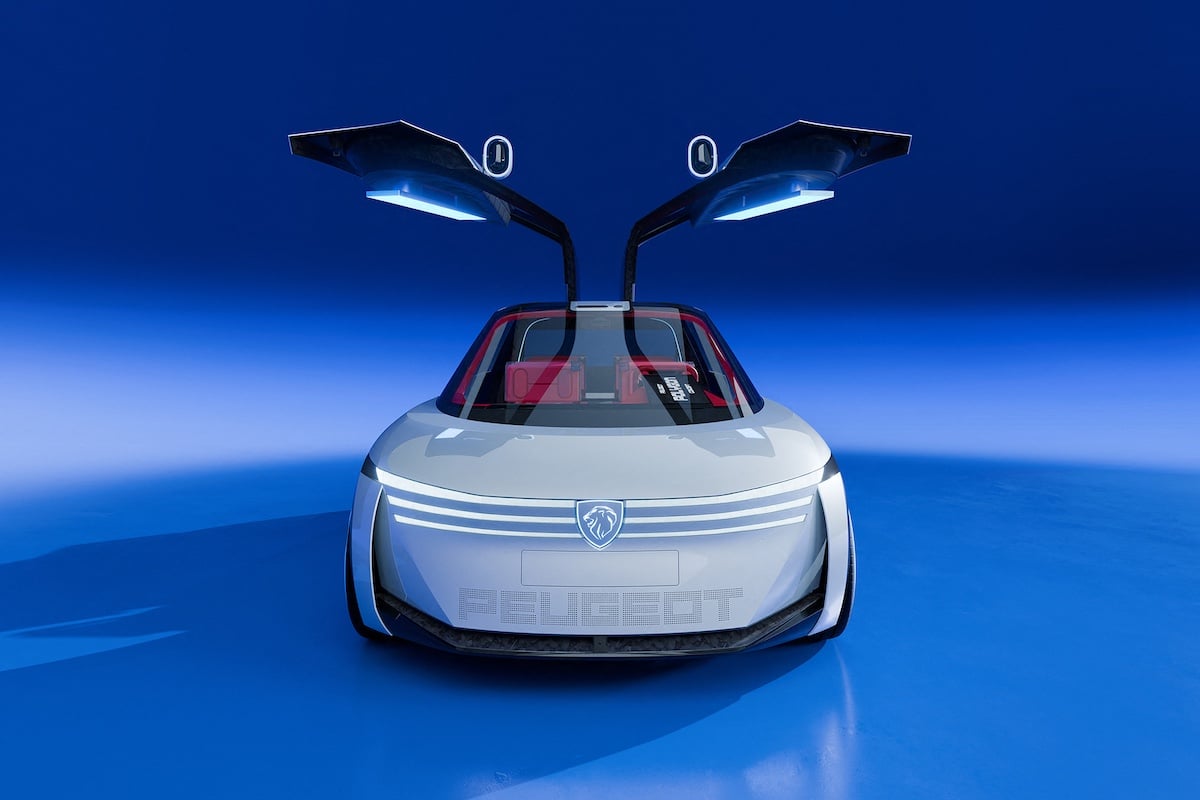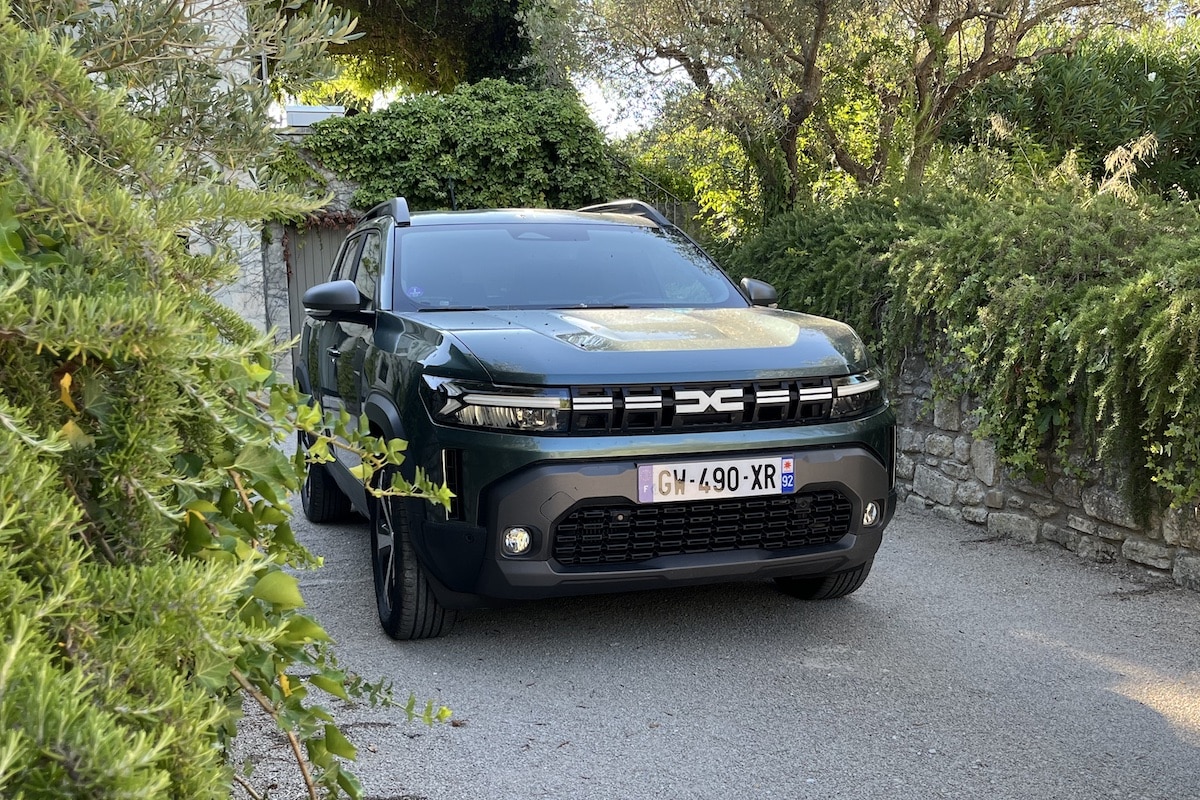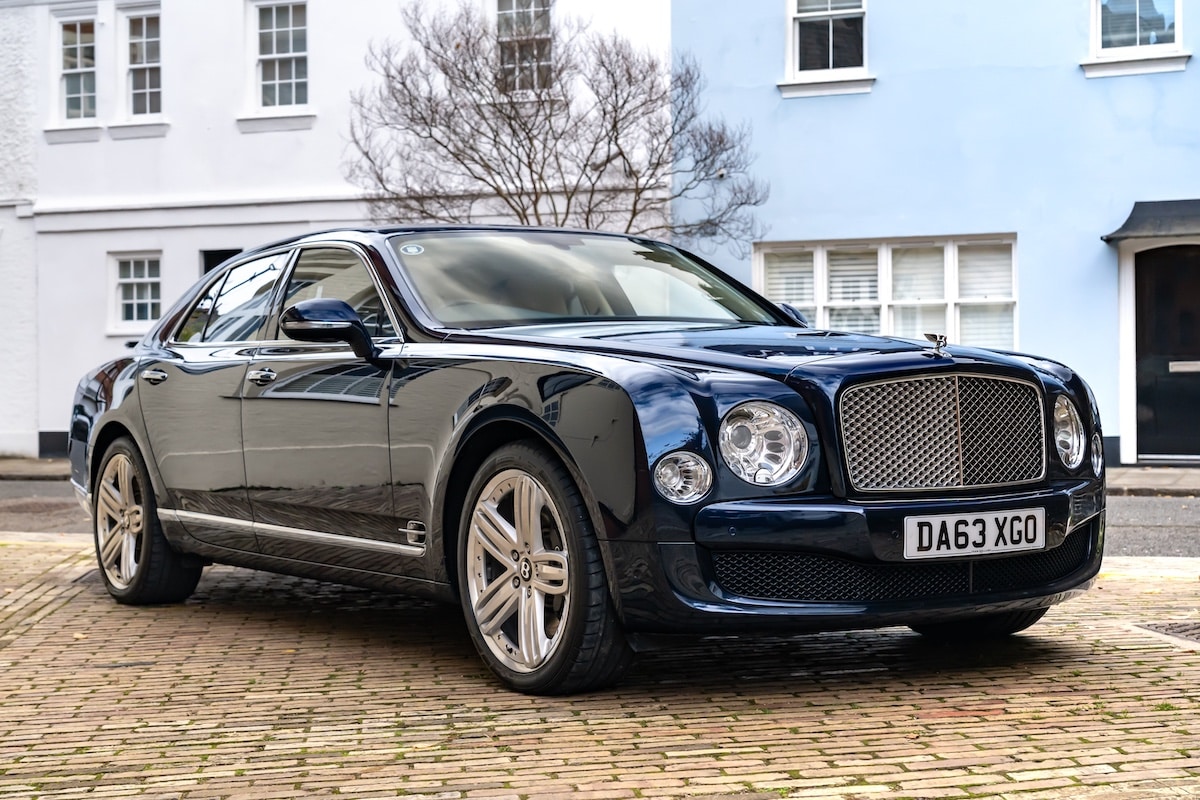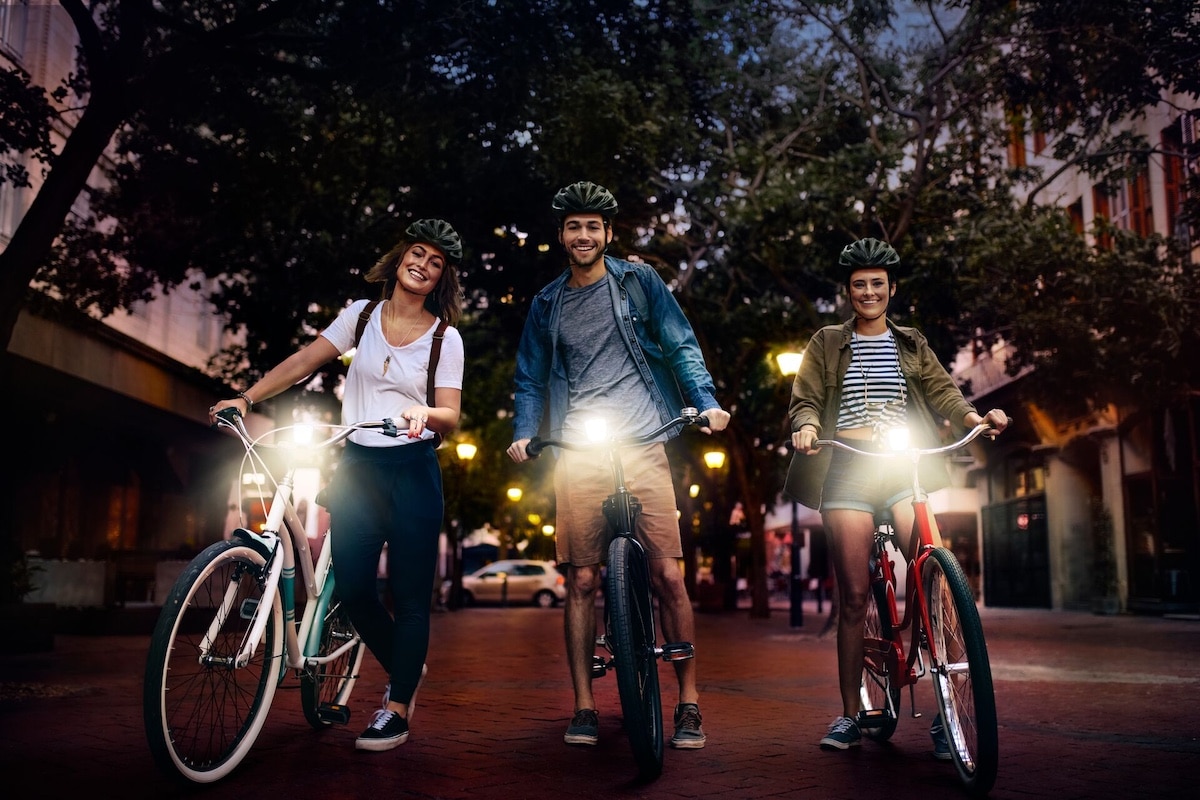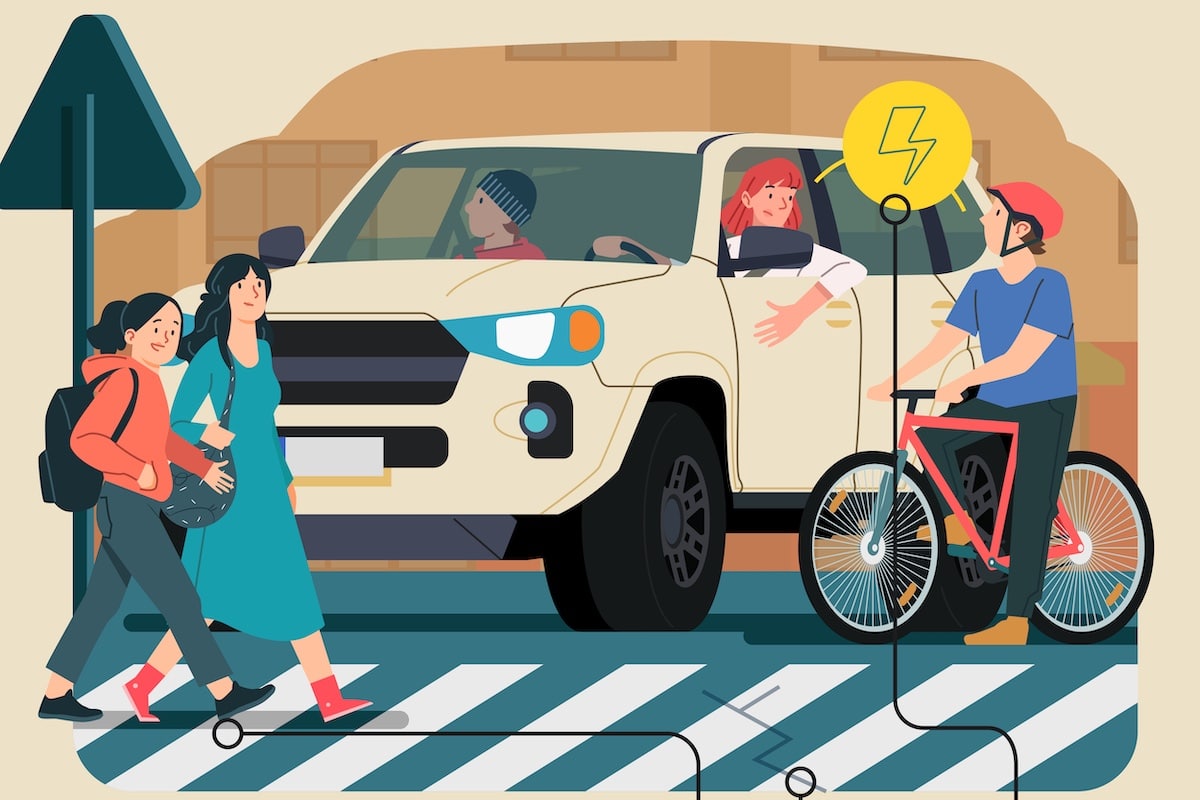Autonomy: Should Automatic Headlight Activation Be Disabled?
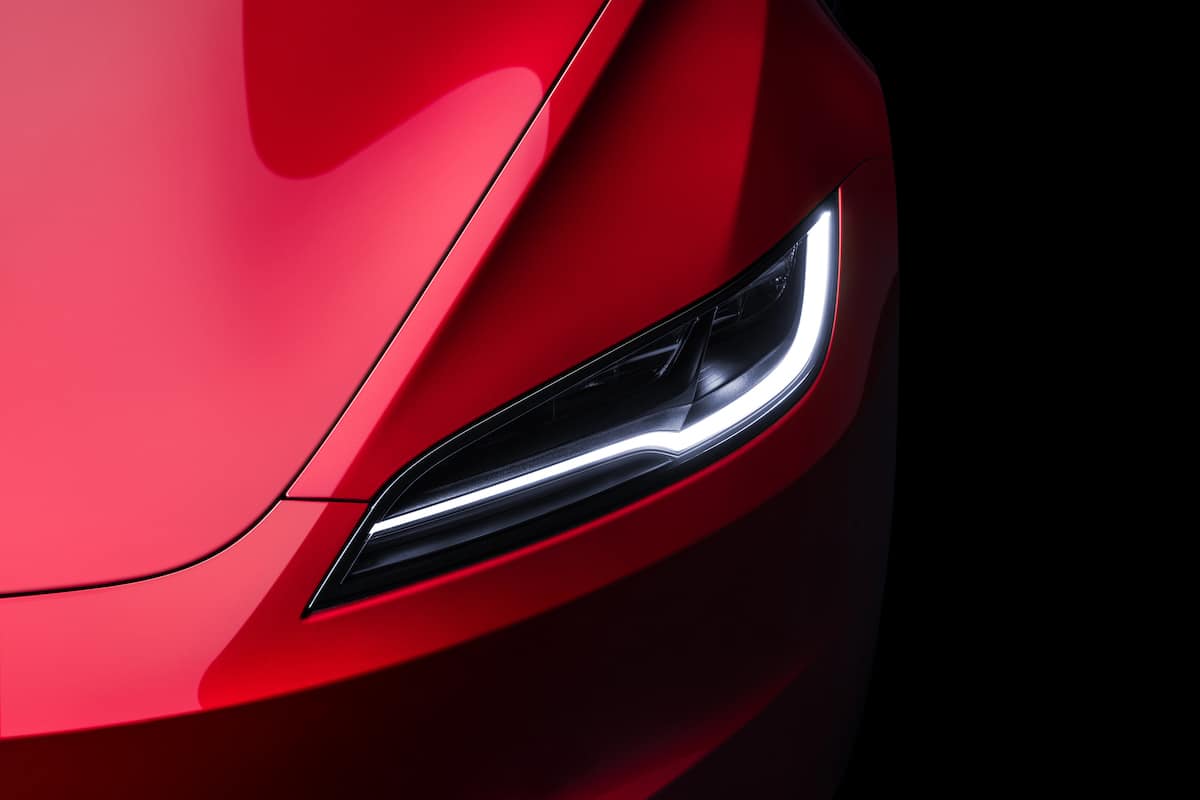
A popular legend suggests that headlights prematurely drain the battery of an electric car. What is the reality?
All jokes aside. The automatic activation of headlights on an electric car has a very limited impact on its range. Headlights, whether LED, halogen, or xenon, consume a small amount of energy compared to what is needed to propel the vehicle.
Electric cars are designed to optimize energy efficiency, and lighting systems, particularly LED headlights which are increasingly common in new vehicles, are relatively energy-efficient. For example, LED headlights consume less energy than halogen or xenon headlights while providing better brightness.
In context, the energy consumption for lighting and other auxiliary functions (such as the infotainment system, heating, and air conditioning) is significantly lower compared to what is needed for the electric motor. Therefore, even though the use of headlights (automatic or manual) and other electrical equipment may have an effect on range, this effect is generally small.
The most notable impact on the range of an electric car comes from driving itself and the use of energy-hungry systems, such as heating or air conditioning, especially in extreme conditions. Efficient management of these more energy-consuming systems is key to maximizing the vehicle’s range.
What is the energy consumption of the headlights of a Tesla Model Y?
To give a rough estimate, the energy consumption of LED headlights is generally in the range of a few tens of watts per hour. For example, if the headlights use about 20 watts and are on for one hour, they would consume 20 watt-hours (Wh) of energy. In comparison, the Tesla Model Y has a battery with a capacity of several tens of kilowatt-hours (kWh). The Long Range version, for example, has a battery of about 75 kWh.
It is important to note that while the use of headlights consumes energy, it is mandatory for safety and is regulated in most countries. The impact of automatic headlights on the range of an electric car like the Tesla Model Y is therefore negligible.
Tests conducted by individuals have shown that on a nighttime trip of about 8 hours, the headlights caused an excess consumption of around 4% of the battery. Over a distance of about 100 km, the consumption would therefore be 1% or 1 km.
We are far from the myth of running out of power if you turn on your headlights with an electric car…
ALSO READ: Tesla Cybertruck: its consumption figures are known and disappoint
This page is translated from the original post "Autonomie : faut-il désactiver l’allumage automatique des phares ?" in French.
We also suggestthese articles:
Also read
